This post includes four topics –
- Harvest! And Recipe
- New Videos
- New Paperback
- How the Wine Scoring Algorithm Works
Harvest!
There is a unique harvest tradition in a small region of Bordeaux. While visiting Château Mercier last week I enjoyed lunch with the Chéty family and grape pickers – including fresh baguettes, tomato salad, meatloaf, beans, roast chicken breasts, cheeses, apple tarts, and bottles of premium 2010 wine. Afterwards, as per tradition, we celebrated the ‘products of the season’ by eating chestnuts (in this case, boiled with fennel seeds, fig leaves, and salt) and drinking glasses of fresh, pink fermenting wine juice (only days old).
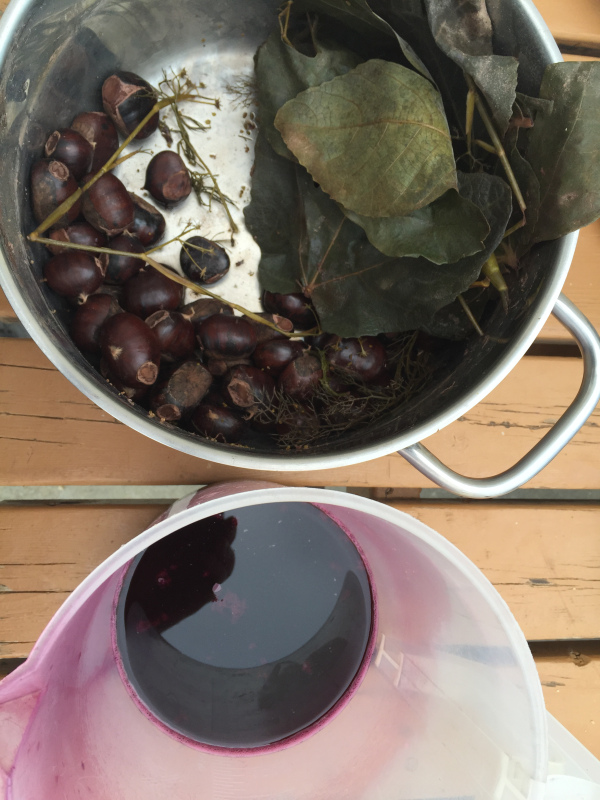
After the lunchtime onslaught of taste vibrations and rich wine, sampling chestnuts and pink vino felt decadent. Yet this was affordable decadence, which is a true lesson about quality. The event took place in an atmosphere of camaraderie (during harvest near the village of Plassac) and resonated with mutual respect for agriculture, community, family business, and taste – all reminders of how the best qualities in life often lie off the beaten trail.
Below is the recipe from Château Mercier – which is probably more suited for Europe than much of the US, considering it includes gathering fresh chestnuts and figs.
Harvest Festival Chestnuts – from Martine Chéty of Château Mercier.
Comments –
Martine writes:
“Some of these local chestnut trees are two meters in diameter and hundreds of years old. The town of Saint Trojan has 500 trees, which prevented famine during past times. During winter evenings, it was a pleasure for our children to sit by the fireplace and roast chestnuts in a pan. But here is a recipe for boiled chestnuts, which we taste with sweet wine that is just beginning to ferment.”
Preparation Time and Quantity –
15 minutes to prepare, 45 minutes to cook. Serves 6 people.
Ingredients and Amounts –
Fresh chestnuts – 2 pounds (1 kg)
Fennel flowers – a handful, or two teaspoons of fennel seeds
Fig leaves – 4
Coarse salt – 2 teaspoons (10 grams)
Recipe –
1. Cut a hole in each chestnut, then place into a saucepan.
2. Cover the chestnuts with water.
3. Add all other ingredients.
4. Boil for 45 minutes.
New Videos –
Here are some videos I recently prepared – one includes drone shots for a Saint Emilion Grand Cru wine chateau, and the other includes a winemaker friend excited about the upcoming harvest.
Drone Château Pindefleurs
Interview of a Bordeaux Winemaker – Jérôme Eymas of Château La Rose Bellevue, in the appellation Blaye – Côtes de Bordeaux
That same interview in French
New Paperback –
My book Vino Voices will be re-issued this week – this time stripped of all photographs, reduced in size, and issued as a paperback. It’s a quick read with more than fifty characters telling, in their own words, the surprising but sometimes challenging attractions of working with wine.
I’ll be happy to send free copies to the first five people who contact me with a mailing address.
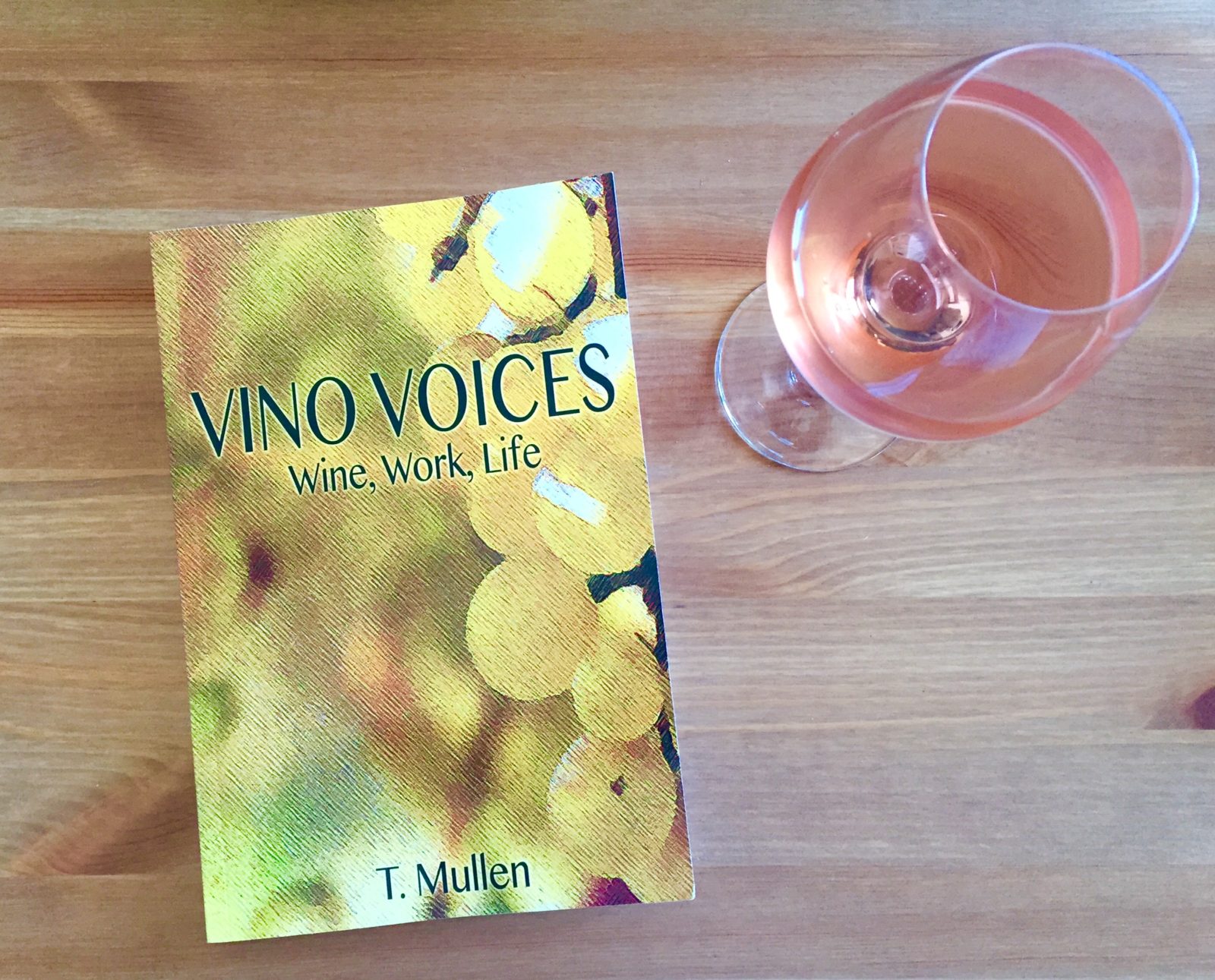
How the Vino Value Wine Scoring Algorithm Works –
Earlier this year I spent months developing a new wine value scoring algorithm frequently used on this site. A few readers told me how they had printed off the scores before marching to their local wine store. The scoring table shown shows only results, not the process.
In case you’re wondering whether there really is a method to this scoring, here’s a summary of the process in a few points.
Point One – Quality is Not Completely Subjective
In doing blind wine tastings with friends (some who never drink wine, others who love it) I noticed how everyone generally puts wines into a few categories – bad, excellent, and okay. In other words, having years of wine tasting experience may help a person appreciate subtleties in taste, but most humans have a relatively uniform appreciation of quality. After tasting eight wines, most people will rank them as best, worst, and in a middle range along a scale that is roughly the same. Not exactly, sometimes not even too similar, but statistically – with a large amount of people – close. In other words, humans’ ability to discern and rank quality is relatively universal. Sure, we’re all different and tastes are generally subjective – but along a linear scale, there are warthogs and princesses, and most humans can tell the difference.
Point Two – The Correlation Between Quality and Price is VERY Loose, at Best
If you graph the quality of wine (taking ‘quality’ as points from well reputed sources, such as Parker’s Wine Advocate, or the Wine Spectator Magazine) against the price (taken from these same reputable sources) you come up with a graph that looks like buckshot pellets sprayed against a barn door with a blunderbuss. You expect to see some resemblance to a straight line, or at least a coherent curve, but – No. You think that as price increases, quality similarly increases? Or, you think that as quality increases, prices similarly increase? Wrong.
Find out yourself. Boot up an Excel spreadsheet, buy a copy of the Wine Spectator, plug in the numbers, churn out a graph. The points will look more like the Milky Way galaxy than like a line of lights along a runway.
Point Three – Value Relates to Quality and Price
People out there score wines. And they list prices. And they are not combining the two in some intelligent manner that examines all wines in a region, looks at the quality, looks at the price, and says – Bingo – in relation to each other, these wines can be ranked as good value, excellent value, or superlative value.
So now I’m doing it.
Point Four – It’s Not Simple
Generating an algorithm to value-score wines was not easy, though the premise is easy. The relationship between price and quality is not linear, because at some point the quality of wine is good enough that our concerns about price lower. Yet few examine this methodically. That’s why wine producers and sellers are able to sell wines at prices that hardly correlate to quality (remember – buckshot and the barn door).
Point Five – How It Works
No, I’m not giving away proprietary details. But the images below should trigger an appreciation that there really is more to these Vino Value™ scoring tables than four simple columns.
Wines are ranked according to quality and price. These variables are then combined, but weighted and modified based on the premise from Point Four above (concerns about price diminish with an increase in quality, though in a non-linear way). The weighing factors also depend on which wine region we’re in.
Here is what you might see on a typical post:
Here is the (slightly redacted) behind-the-scenes table that you don’t see:
The point is – quite a bit of thought and methodical calibration goes into this value scoring of wines.
Coming soon – the black wine of Cahors…
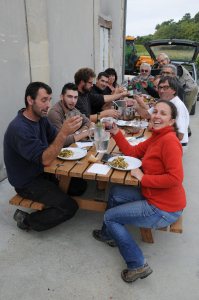
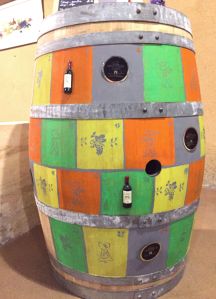
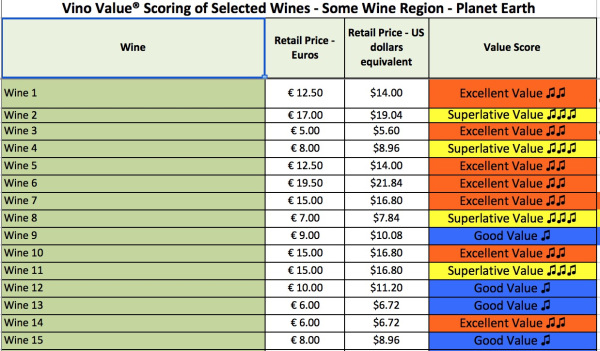
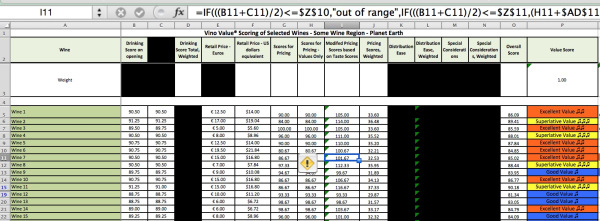


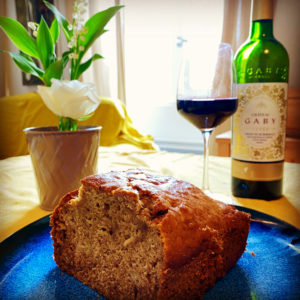
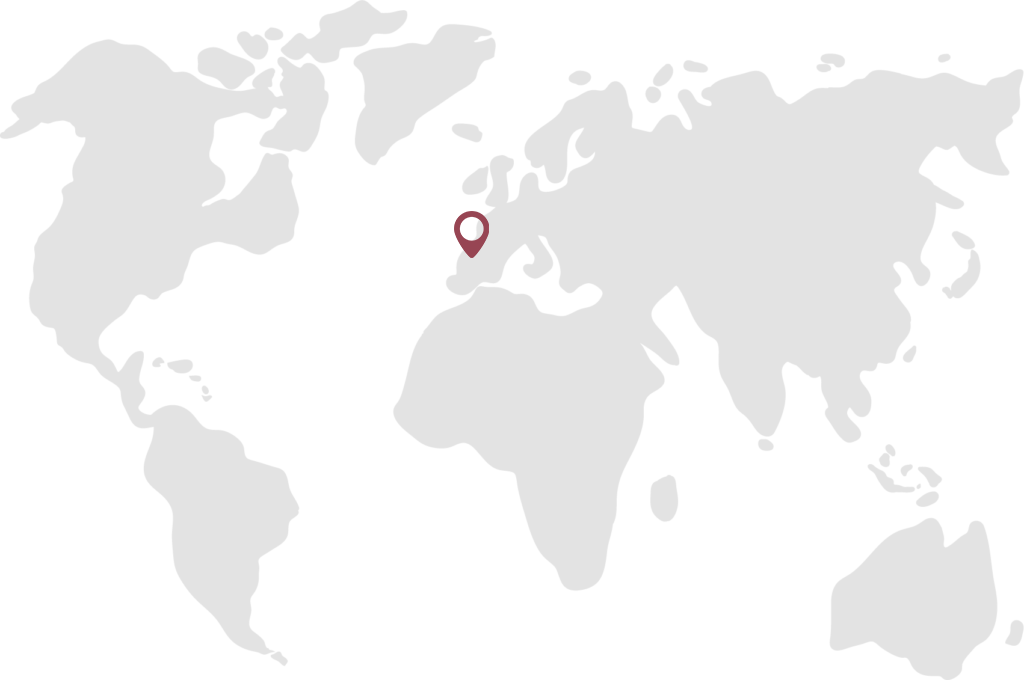
Jim McCulloch
29 Sep 2015Hi Tom We are enjoying reading your Blog very much, keep up the good and interesting stories. .If we are in the first five would love a copy of your book Our address is Jim McCulloch 2/17 Ruakiwi Road Hamilton Lake Hamilton New Zealand
Otherwise will get a copy when we return to Blaye in 2016 Best regards Jim and Jill McCulloch
Sent from my iPhone
>
vinoexpressions
29 Sep 2015Of course Jim and Jill – I’ll get a copy to you when it comes out in the next days.
Hope you are enjoying spring/summer down in the southern hemisphere – here the darkness is coming early, the heat is turned on, and the cool weather is settling in (though the afternoons are gorgeous!).
We’ll see you next year !
earl turnipseed
29 Sep 2015If ( a big IF) we are within the first five for Vino Voices paperback my address is: Earl Turnipseed Unit 15204 1651 American Pacific Dr. Henderson NV 89074 USA
If we are within the first 1005, where can we buy the paperback?
vinoexpressions
30 Sep 2015Hi Earl – We’ll get a book out to you in the coming weeks. Thanks for following along and let me know if you want any particular focus on any blog posts. Enjoy the fall in Vegas !
Tom M.
Trisha Ray
30 Sep 2015I’d rather have the whole book with all the lovely photographs! It should be arriving shortly…
But well done on the alternative version. Love following your wine drinking adventures!
(Should that be “wine appreciation?”)
vinoexpressions
30 Sep 2015Great. The larger book with photos may be too costly for some, so now an alternative is available. Enjoy!
maggie
12 Jan 2016Hey Tom, am I too late to sign up for your book: Maggie McDonough p.o. box 10235, St.Thomas, U.S.V.I. 00801 Yep, I’m back down in the islands mon…..
vinoexpressions
13 Jan 2016Hi Maggie – I’ll try to get a book to you soon. Enjoy the Virgin Islands – my sunny birthplace…
Tom M.